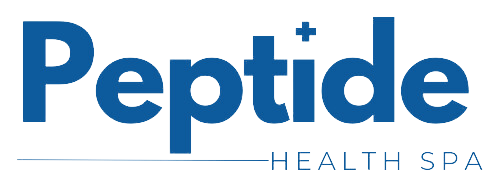INFORMATION CENTER
All articles and shared info are for educational purposes only.
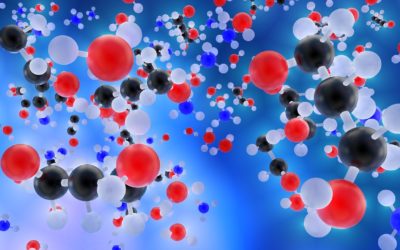
Understanding Peptide Bonds
Peptide bonds are formed through condensation reactions between the carboxyl group of one amino acid and the amino group of another, releasing a water molecule. Peptide bonds create chains of amino acids, forming dipeptides, oligopeptides (10-20 amino acids), polypeptides (50-100 amino acids), and proteins (>100 amino acids). X-ray diffraction studies reveal peptide bonds as rigid and planar, with a trans configuration preferred over cis due to steric hindrance. Free rotation around the peptide bond is inhibited by resonance, maintaining its structure. Hydrolysis breaks peptide bonds, crucial for protein degradation.
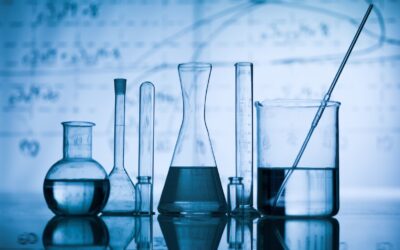
Peptide Solubility
When selecting a solvent for peptide solubility, consider the amino acid composition and charge of the peptide. For peptides with high hydrophobicity, organic solvents like DMSO, propanol, or methanol are effective. Basic solvents like ammonium hydroxide suit peptides rich in acidic amino acids, while acidic solvents like acetic acid are better for peptides with basic amino acids. Test solvents on a small peptide sample, allowing it to reach room temperature first. Sonication and slight warming (<40°C) aid solubility. Neutral peptides dissolve well in organic solvents like acetonitrile or isopropanol. Dilute peptide solutions slowly in a buffered solution and store them at -20°C.
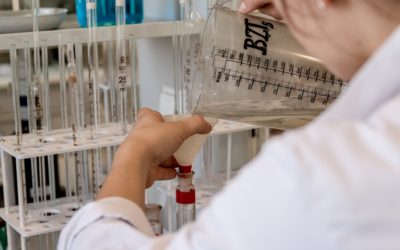
Peptide Purification
Peptide purification is essential for obtaining pure peptides for research purposes. Various methods such as ion exchange chromatography (IEX), hydrophobic interaction chromatography (HIC), affinity chromatography (AC), reversed phase chromatography (RPC), and gel filtration (GF) are employed based on the peptide's characteristics and impurities. Good Manufacturing Practices (GMP) must be followed to ensure reproducibility and regulatory compliance. Different impurities like hydrolysis products and deletion sequences require specific purification methods. Polymeric forms of peptides also need to be addressed during purification.

Peptide Synthesis
Peptide synthesis primarily utilizes Solid-Phase Peptide Synthesis (SPPS) due to its advantages in purity, yield, and speed. SPPS involves five cyclical steps: amino acid attachment, protection, coupling, de-protection, and polymer removal. Microwave-assisted SPPS can enhance synthesis efficiency, albeit at a higher cost. Specific purification techniques like Reverse-Phase Chromatography (RPC) and High-Performance Liquid Chromatography (HPLC) are employed to remove impurities. Peptide synthesis occurs through C-to-N linkage of amino acids, which can involve 20 natural amino acids and synthesized variants. Protecting groups play a crucial role in peptide synthesis, shielding reactive groups to prevent unwanted reactions and ensuring desired outcomes. N-terminal, C-terminal, and sidechain protecting groups are utilized for this purpose.
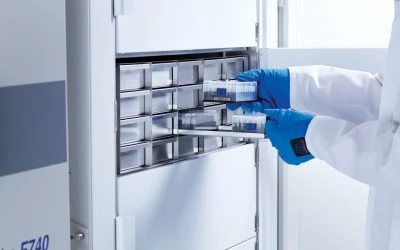
Standard Procedure For Storing Peptides
Proper storage is crucial for maintaining the stability and integrity of peptides over time. Peptides should be stored at a temperature of -80°C (-112°F) for long-term preservation. Short-term refrigeration under 4°C (39°F) is acceptable if peptides will be used within a few days, weeks, or months. Freeze-thaw cycles should be avoided to prevent degradation, and peptides should be protected from moisture and oxidation. Containers for peptide storage should be clean, clear, structurally sound, and chemically inert. Glass vials are preferred, but plastic vials made of polypropylene are also suitable. Peptides should be aliquoted according to experimental requirements to avoid repeated freezing and thawing. When storing peptides in solution, sterile buffers at pH 5-6 are recommended.
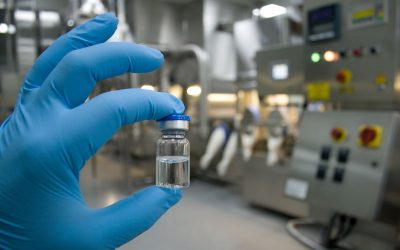
Peptide Reconstitution
Peptides, often considered the building blocks of proteins, mimic the functions of essential proteins or hormones in a controlled manner. They are typically sold in lyophilized form, which involves removing water from a solution through freezing and subsequent sublimation under vacuum. Reconstitution of lyophilized peptides is necessary before use, and the choice of solvent depends on peptide stability and compatibility with bioassays. Sterile water or bacteriostatic water is commonly used for peptide reconstitution, but experimentation with different solvents may be required for optimization. Basic peptides dissolve best in acidic solvents, while acidic peptides require basic solvents. Hydrophobic and neutral peptides dissolve well in organic solvents like DMSO, propanol, or acetic acid, but caution is needed with peptides containing methionine or free cysteine to avoid oxidation.
